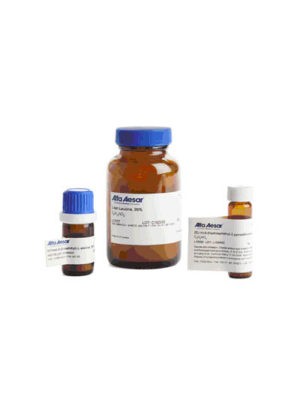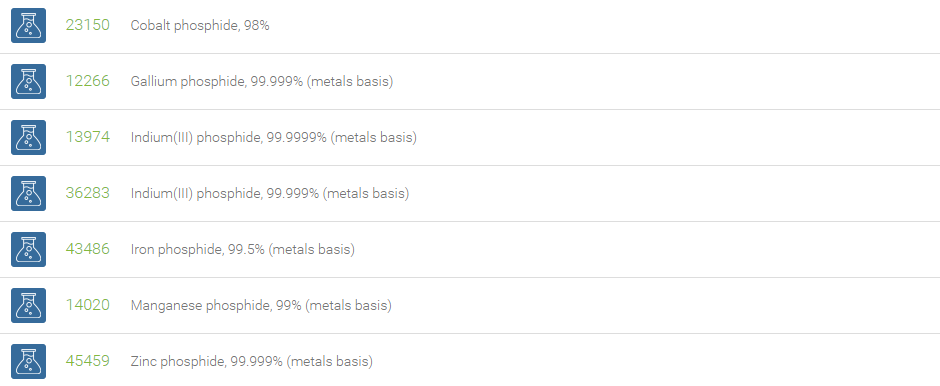Phosphides

Phosphides
A phosphide is a chemical compound of phosphorus with a less electronegative element or elements (metals). The phosphides ion is P3?, and phosphides of almost every metal in the periodic table are known. Binary compounds are formed with the majority of less electronegative elements with the exception of Hg, Pb, Sb, Bi, Te, Po. Phosphides that are rich in metal have high melting points and are hard, brittle, and chemically inert; these compounds have high thermal and electrical conductivities. The structure of the metal-rich phosphides is based on trigonal prisms, which are similar to those in sulfides, but phosphides do not take on layered structures and are metal conductors, not insulators or semiconductors.
Transition metal phosphides are refractory metallic compounds formed from the alloying of metals and phosphorus. Metal phosphides (e.g. nickel phosphide – Ni2P) are reported to be good catalysts in hydrotreating reaction. Transition metal phosphides have recently been shown to have excellent activity for hydrodesulfurization (HDS) and hydrodenitrogenation (HDN). Among the various types of interstitial compounds, metal phosphides have definitely emerged as important one because of their unexpected properties in catalysis, magnetic applications, and applications in telecommunications, electronic and optoelectronic devices, lithium batteries, and solar cells.


